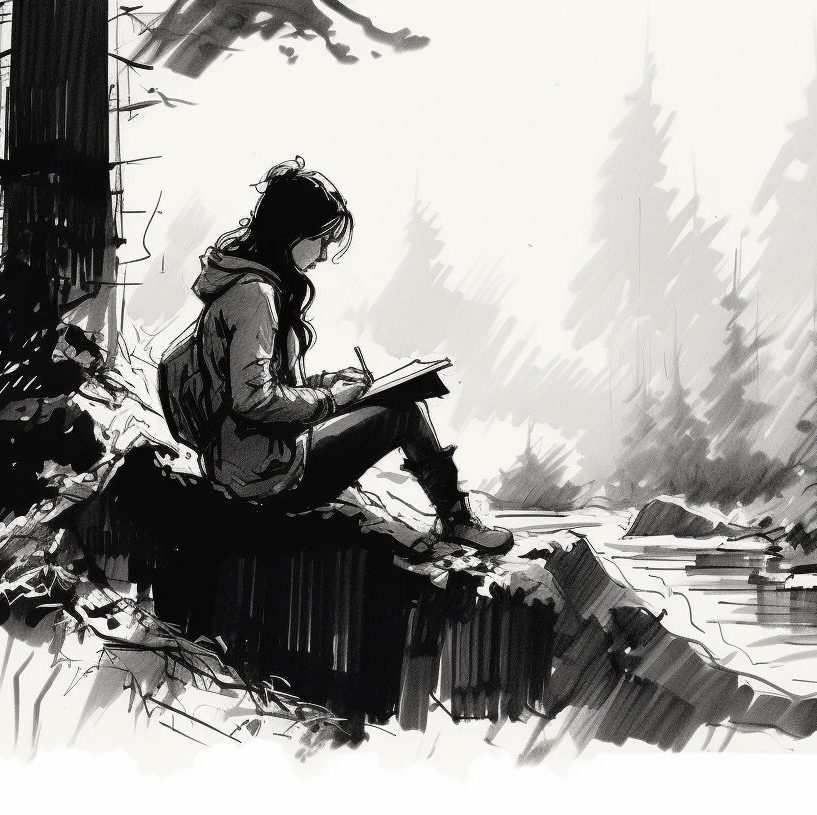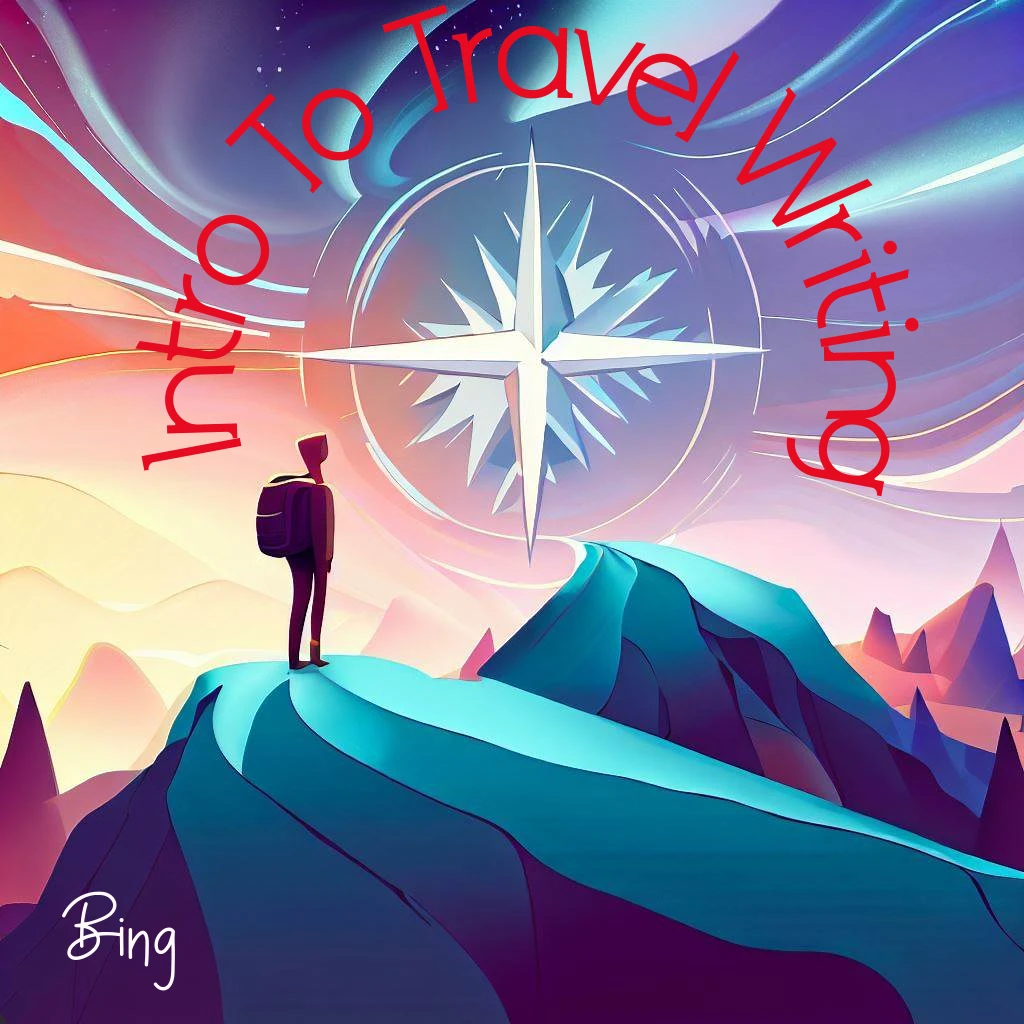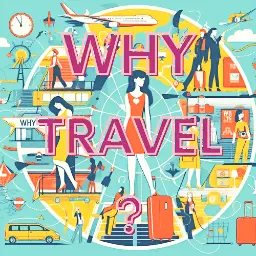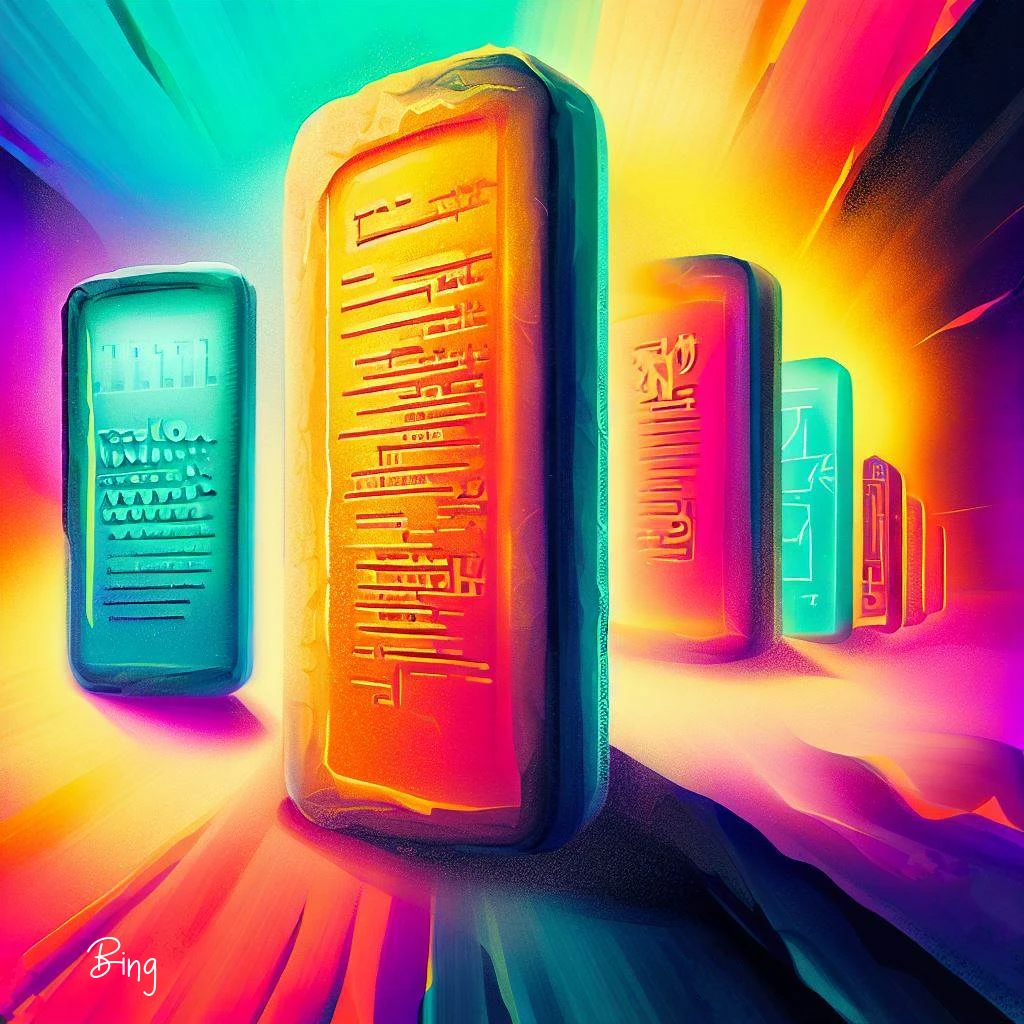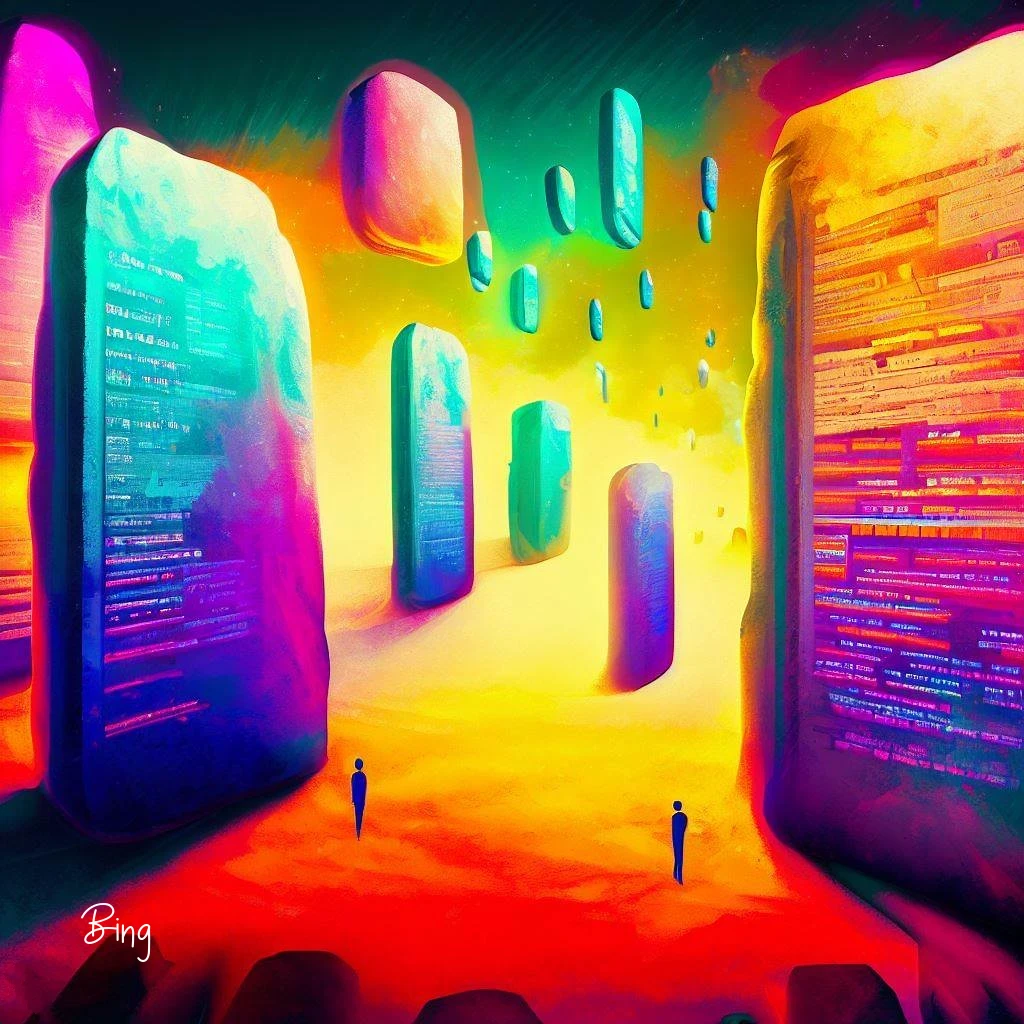
From Stone Tablets to Digital Text: The Evolution of Written Language and Reading
Exploring the annals of history, we trace the complex pathways of written language and reading, poised at the edge of a journey that spans millennia, cultures, and human creativity. Our exploration takes us back to when our forebears first etched symbols on cave walls and molded clay tablets. We then travel through distinct eras of growth to our modern age, where digital literature adds a new chapter to this rich legacy. Alongside this digital emergence, we may also recognize an enduring human need to communicate, regardless of the medium.
In Mesopotamia, the cradle of civilization around 3200 BCE, our first destination, we encounter the Sumerians’ development of cuneiform. This writing system used wedge-shaped impressions in wet clay, beginning with pictorial symbols and slowly evolving into a more abstract and phonetic expression of language. Such transformation opened broad avenues for communication and record-keeping, and it became an essential tool for governance and trade, binding together an ancient society in ways previously unimagined.
At a parallel moment in history, ancient Egyptians were crafting hieroglyphs. As beautiful as it was complex, this form of writing served not only as a method of communication but also as a striking artistic expression. Etched onto temple walls and inscribed on delicate papyrus scrolls, these pictograms intricately intertwined the spiritual with the everyday. By encapsulating the essence of the civilization along the Nile, they reflected a cultural richness, telling stories of pharaohs and farmers alike and bridging the gap between the sacred and the mundane. The legacy of hieroglyphs lingers, offering a window into an age that still captivates the imagination and connects us with a distant past.
Sailing across time and geography, our journey led us to the Phoenician alphabet, a remarkable breakthrough that transformed written language. By reducing language to a manageable set of symbols, each representing distinct sounds, the Phoenicians made reading and writing accessible to a broader populace. This was not merely a step forward in literacy but a democratic shift, opening up new possibilities for education and commerce. This influential system laid the groundwork for the Greek alphabet and, subsequently, the Latin alphabet, forging a path from which most modern Western scripts descend. Even today, the echo of the Phoenician script can be found in the letters we use, a testament to their lasting impact on communication and how we connect.
Our journey now carries us east to ancient China, where the art of writing became an elegant dance between ink and brush. Here, intricate characters were more than mere symbols; they encapsulated philosophical depth and an artistic grace that resonated with the very soul of Chinese culture. Each stroke told a story, each character a reflection of life’s profound complexities. Simultaneously, far across the ocean in the Americas, the Mayans were crafting their form of written expression. Carving glyphs into stone, they wove intricate narratives of their culture, spirituality, and understanding of the cosmos. Each glyph became a testament to their ingenuity and a window into a world where art and writing were indivisible. These ancient scripts are enduring reminders of the rich diversity of human expression and how words can transcend time and geography to touch the human heart.
Fast forward to the 15th century, and we find ourselves amid a true revolution in the heart of Europe. Here, the advent of the printing press marked a watershed moment in human history. Making books widely available transformed reading from a privilege once reserved for the elite into an increasingly common practice accessible to many. This was a technological advancement and a societal sea change, democratizing information and sowing the seeds for intellectual progress. This newfound accessibility to literature fostered an explosion of ideas, encouraging debate, sparking innovation, and fueling cultural exchange on an unprecedented scale. It set the stage for the Renaissance, a period of flourishing creativity, and left an indelible mark on how we communicate, think, and learn. The ripple effects continue to resonate, defining our modern world and how we engage with the written word.
Our odyssey doesn’t stop there. As we continue our voyage into the 21st century, written language and reading underwent another dramatic transformation with the advent of the digital age. Texts became instantly accessible to millions worldwide via computers, e-readers, and smartphones. This shift didn’t alter the medium; it heralded an era of unprecedented connectivity, breaking down barriers and transcending borders. Information once confined to libraries and private collections was now at the fingertips of anyone with a device and internet connection. This accessibility fostered a new global dialogue, enabling cross-cultural communication and giving voice to those who had been unheard. From ancient Mesopotamia’s cuneiform tablets to today’s glowing screens, the evolution of writing and reading continues to shape our world, reflecting our ever-changing human experience and our timeless need to connect.
Today, we find ourselves reading more than ever before, albeit in a vastly different manner than our ancestors. Our daily reading has evolved to include traditional books and newspapers, hyperlinked webpages, 280-character tweets, and engaging interactive digital narratives. We navigate through a virtual world where the written word is infused with audio, video, and interactive content, transforming the very essence of reading. This multi-dimensional experience expands our understanding, allowing us to absorb information from various angles and perspectives. Yet, despite this shift in form, the core desire to communicate, share ideas, and connect remains unchanged. In this digital age, we continue the tradition of storytelling, weaving narratives that resonate across different platforms, reflecting our adaptability, creativity, and unending thirst for knowledge. The written word remains a powerful, ever-changing, yet enduring tool bridging our past with our present and future.
Reflecting on this fascinating journey through time and across cultures, we observe that the evolution of written language and reading is not merely a series of technological advancements. Instead, it is a testament to humanity’s endless quest for communication, expression, and understanding. It tells a story of our collective desire to record, share, and connect, weaving together the threads of history, philosophy, art, and technology. Each new method of writing, each advance in how we read, has opened doors, inviting more voices into this grand dialogue furthering our shared journey of discovery, growth, and connection. From the first crude etchings on cave walls to the fluid digital narratives of today, reading and writing is a story of us, a mirror to our ever-evolving humanity. It stands as a beacon, guiding us forward and illuminating our path as we explore, innovate, and reach out to one another.
As we stand on the cusp of new advancements, pondering the horizon, we can’t help but wonder how language and reading will continue to evolve in the coming years and centuries. One thing remains certain: our inherent curiosity, creativity, and profound need for connection will persist in shaping their trajectory. These fundamental human traits drive us forward, infusing our journey with meaning and purpose. As we move into the unknown, we carry a rich legacy etched in clay, inked on parchment, printed on paper, and encoded in digital bits – a legacy as diverse and complex as the cultures that created it. This is the story of written language and reading, a tapestry woven through time that connects us all. Let us honor this heritage as we explore the ever-changing, ever-inspiring world of words, remembering that our thirst for understanding and ability to adapt will continue leading us to new horizons and unexpected discoveries. The future awaits, filled with promise, potential, and the unending adventure of human expression.
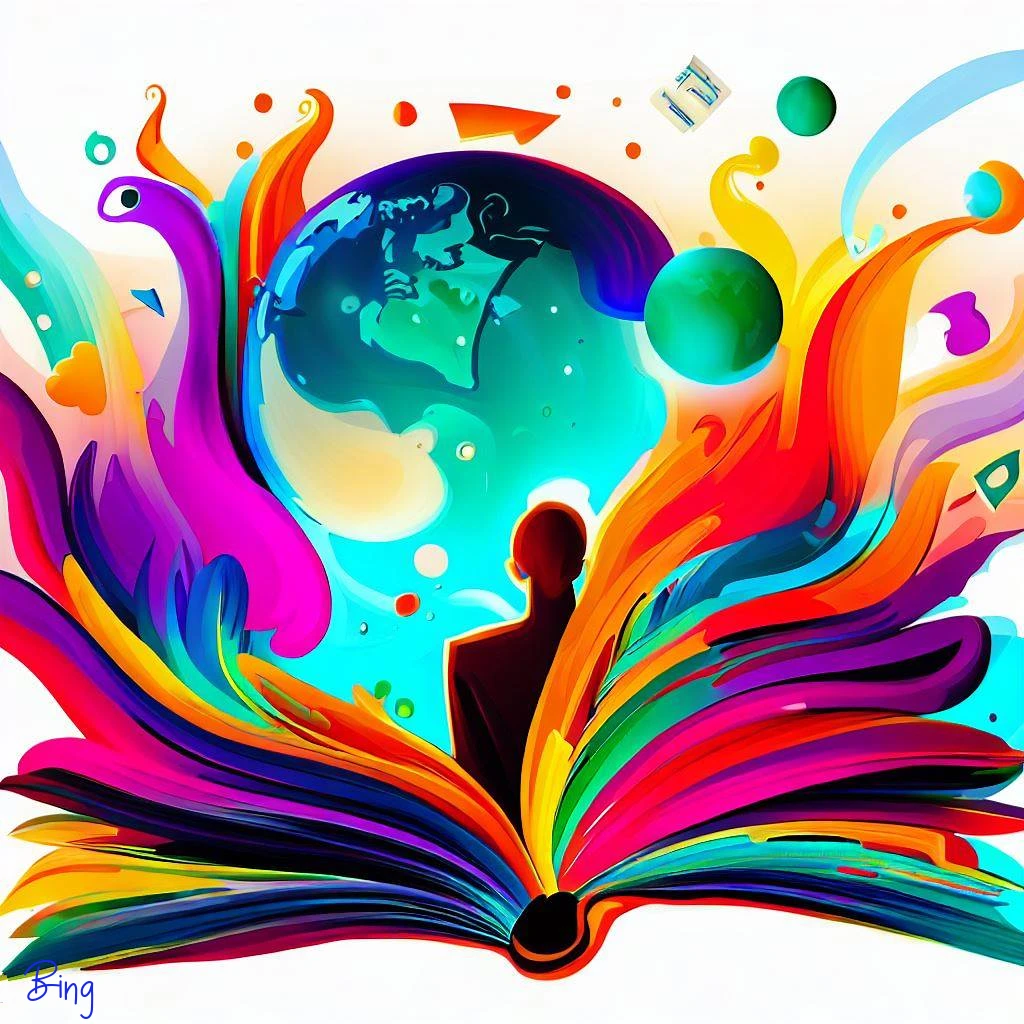
Reading the World: Cross-Cultural Variations in Reading and Literacy
On this journey of exploration, we find ourselves moving beyond the familiar boundaries of our own cultures, venturing into the rich and varied tapestry of global literacy. From the bustling metropolises of the West, with their towering libraries and digital platforms, to the tranquil rural landscapes of the East, where ancient scriptures still guide daily life, the world presents a kaleidoscope of reading and literacy. We witness the vibrant tribes of Africa, where oral traditions mingle with written ones, creating a unique blend of storytelling. We visit the indigenous communities of the Americas, where symbols and glyphs continue to resonate with cultural significance. Each region, each community, brings with it fascinating variations in how reading and literacy are understood, taught, and practiced. The diversity is not just a testament to human creativity; it’s a reminder that reading is universal yet deeply personal. It’s a bridge that connects us yet allows us to retain our unique identities. As we delve deeper into this world, we find that reading is, in essence, the story of humanity, a narrative as multifaceted and complex as the people who continue to write it.
Although universally appreciated and pursued, the concept of literacy reveals different hues and nuances as we traverse the globe. In the bustling cities and industrious societies of Western cultures, literacy has traditionally been viewed in a more functional light, inexorably tied to the ability to read, write, and comprehend text. It’s not just a skill; it’s a critical pathway for individual development, a ladder for social mobility, and a cornerstone for democratic participation. The written word here is a key that unlocks opportunities, enables informed citizenry, and fosters a sense of empowerment. It’s a practical tool and a symbol of progress and enlightenment. This perception of literacy, while seemingly straightforward, carries with it profound cultural implications and reflects the West’s intricate relationship with education, governance, and personal autonomy. It paints a picture of a society where the pen, the book, and the screen are not merely instruments but lifelines, connecting individuals to a broader world of knowledge, opportunity, and self-realization.
In striking contrast, many Eastern cultures, such as those in China and Japan, approach literacy with a unique blend of aesthetic and philosophical appreciation. Writing, for instance, transcends mere communication to become an art form in its own right, known as calligraphy. This graceful practice is more than a skill; it’s a meditative endeavor that reflects the writer’s internal state, discipline, and spirituality. Every ink stroke embodies a world of meaning, marrying form and content in a dance of lines and curves. Reading, too, moves beyond the pragmatic and utilitarian, becoming an exercise in contemplation, mindfulness, and connection to a broader cosmic perspective. Texts are not just information; they are gateways to wisdom, windows into the soul, and mirrors reflecting the profound interconnections that bind us all. Literacy is a spiritual journey in these cultures, a path toward understanding oneself and the universe, a delicate interplay of mind, heart, and hand. It’s a holistic experience where reading and writing resonate with timeless principles of harmony, balance, and beauty, enriching the intellect and spirit.
African cultures present another rich layer in our exploration of global literacy, one that places a distinctive value on orality and storytelling. Here, literacy extends far beyond the written word, encompassing a vibrant tapestry that includes oral literature, dance, music, and visual symbolism. It’s a multifaceted approach where reading isn’t merely about decoding text on a page. Instead, it involves interpreting the nuances of a story told around a fire, a song shared at a gathering, or a dance performed at a festival. Each gesture, each note, and each word carries with it a history, a meaning, and an emotion, weaving together to foster a holistic understanding of the cultural narratives that define and unite communities. The tradition of storytelling, so integral to many African societies, becomes a form of literacy, a dynamic and communal experience that connects generations and celebrates the richness of human expression. It’s a reminder that literacy is not a monolithic concept but a living, breathing entity shaped and reshaped by the diverse people it touches. In Africa, as in many parts of the world, reading and writing are not confined to the literal; they are a dance of mind and soul, an ongoing dialogue that transcends boundaries and enriches our shared human experience.
Among the indigenous communities worldwide, such as the Maori in New Zealand or the Native Americans, literacy takes on a profound resonance, encompassing a deep and abiding connection with nature, land, and ancestral heritage. Language and reading here are not merely tools for communication or symbols on a page. They are living vessels carrying the wisdom of generations, the stories of the people, and the essence of their relationship with the earth. The written and spoken words become sacred threads, weaving together the past and the present, the human and the divine, the individual and the community. In these cultures, to read is to journey into a rich tapestry of myth, legend, and history, to engage with a worldview that honors the interconnectedness of all life. Literacy is not just a skill; it’s a means of preserving and perpetuating their vibrant cultural traditions, ethical values, and ecological insights. It’s a pathway to understanding who they are and where they come from, a bridge between generations, and a testament to their resilience and creativity. It’s a celebration of identity and a living reminder that literacy, in its most profound sense, is about more than words; it’s about the soul of a people, the heartbeat of a culture, and the eternal dance of human existence.
How literacy is acquired illuminates a striking spectrum of cultural diversity and methodology. Formal education, with its structured classrooms and curricula, is a common pathway in many societies, including those in the West. Early childhood education often emphasizes foundational elements, such as phonics and reading comprehension, with meticulously designed lessons and measurable outcomes. This approach views literacy as a sequential process, building skills culminating in proficient reading and writing. But literacy’s tapestry is as varied as the people who weave it. In other cultures, literacy may be acquired through apprenticeship models, where children learn by observing and participating with skilled adults in authentic contexts. Or it may be integrated seamlessly into daily life and practical activities, learned around the family hearth or in the fields, markets, and community gatherings. This organic approach to literacy recognizes that reading and writing are not isolated skills but intertwined with the fabric of everyday existence, reflecting the community’s wisdom, values, and pragmatism. Whether through formal instruction or informal learning, whether in a high-tech classroom or under a village tree, acquiring literacy is a journey as diverse and dynamic as the human family. It’s a window into our shared humanity and a mirror of our varied cultural expressions, a dance of tradition and innovation that continues to evolve and inspire.
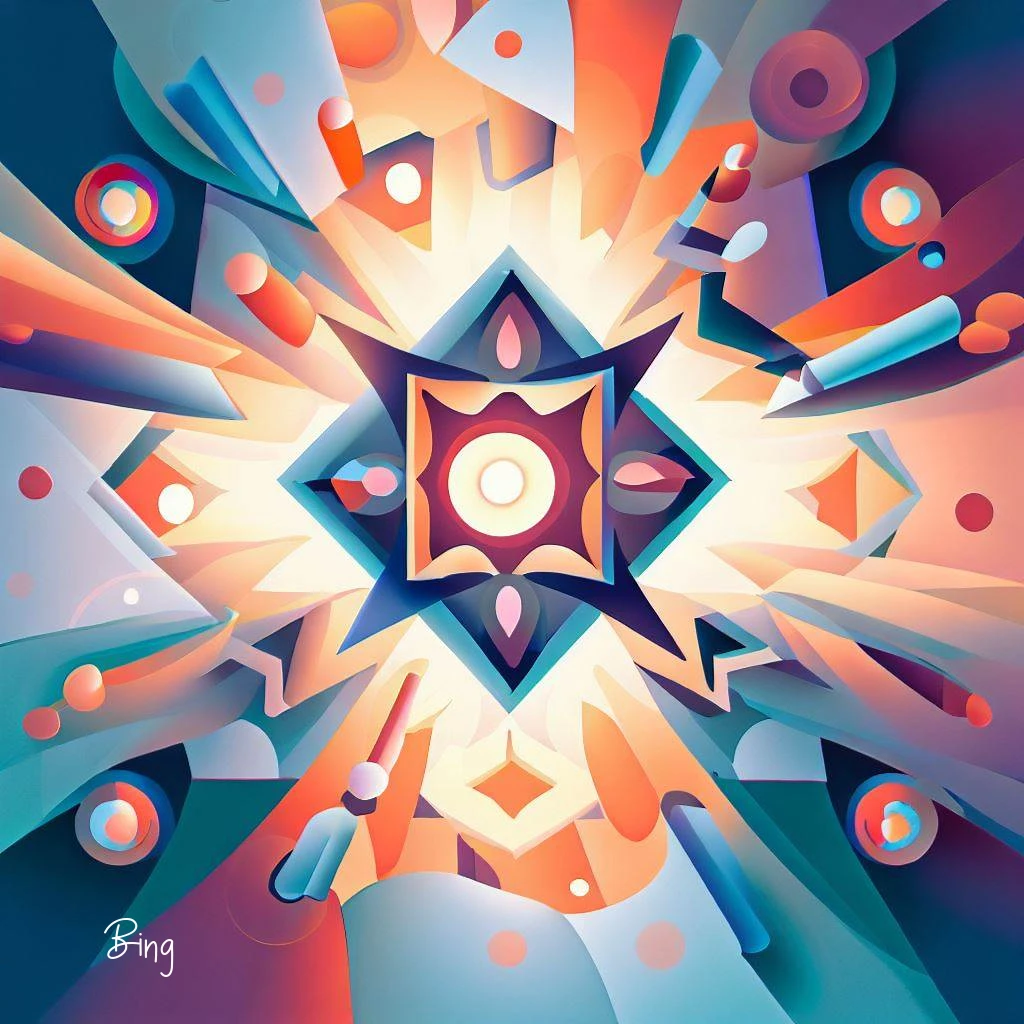
The kaleidoscope of approaches to reading and literacy that unfolds across our world’s tapestry gives rise to a beautiful and inspiring diversity of literate practices. From the high-tech classrooms of urban centers to the communal storytelling circles of remote villages, from the elegant calligraphy of the East to the rhythmic dance narratives of Africa, literacy manifests in myriad forms and functions. Yet, despite these vibrant differences, a common thread weaves through all cultures and binds us in shared understanding: the recognition of literacy as a vital and sacred tool for communication, knowledge sharing, self-expression, and cultural preservation. It’s a force that transcends boundaries, uniting us in our human quest to understand and be understood, to connect and grow, to create and reflect. In every corner of the globe, in every language and dialect, literacy stands as a testament to our collective intelligence, creativity, and resilience. It’s a bridge between generations, a gateway to wisdom, a celebration of our shared human journey. Whether through pen or voice, screen or scroll, literacy is not merely a skill; it’s a living legacy, a dance of mind and heart, an eternal flame that lights our way and enriches our world.
These cross-cultural variations are worth remembering as we engage in travel writing and journaling. It enriches our understanding of the human experience, allows us to appreciate diverse literary traditions, and broadens our narrative palette. Each culture provides:
- A unique lens to view the world.
- A different rhythm to narrate experiences.
- A distinct color to paint our stories.
Let us embrace this global symphony of literacies as we pen our journeys, travel through the vast landscapes of thought, and explore the nooks and crannies of human expression. Let us honor the rich cultural tapestry it represents, with its myriad colors, textures, and patterns, each reflecting a unique heritage and worldview. Let us learn from its wisdom, be inspired by its creativity, and celebrate the diversity it embodies, recognizing in it the echo of our voices and the mirror of our souls. In the end, literacy, in all its wondrous forms and manifestations, is not merely a skill or a tool; it’s a testament to our shared human endeavor to connect, express, and understand. It’s a tribute to our common longing to reach out and touch the heart of another, to weave together the threads of our existence into a coherent and meaningful whole. It’s a song sung by a chorus of millions, a dance danced by the feet of generations, a story written by the hands of time. It’s our shared journey through the world of words, inviting us to look beyond the ink and paper, the screen and sound, and see in it the reflection of ourselves, the embodiment of our dreams, the legacy of our humanity. Let us cherish, nurture, and pass it on, for it is our gift to one another, our bridge to the future, and our path to the stars.
